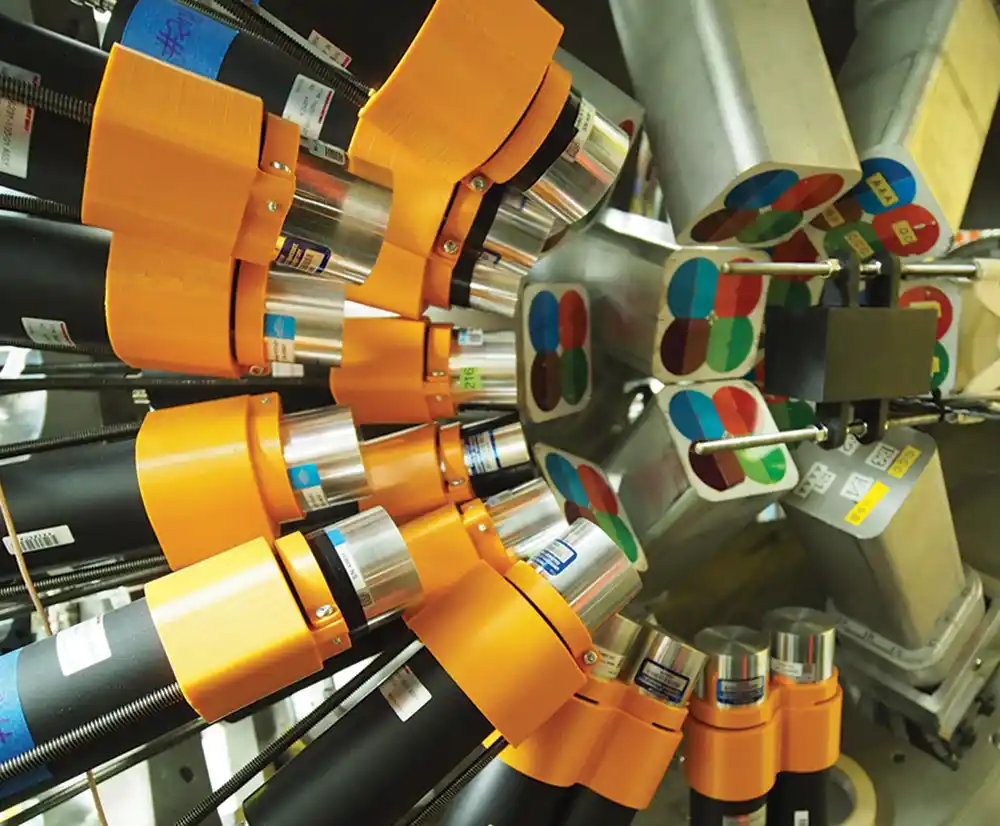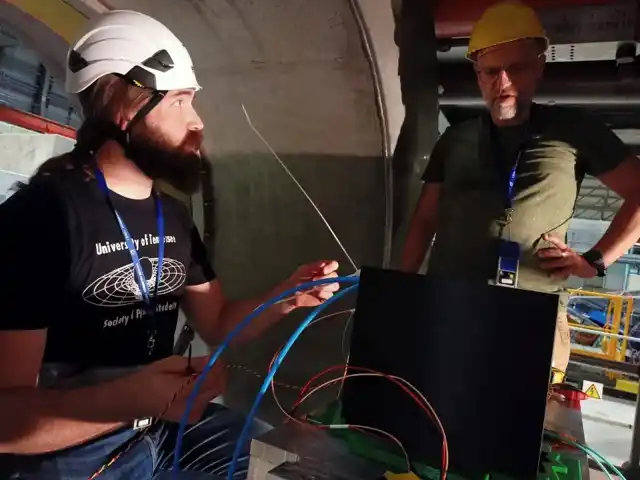Department of Physics & Astronomy


Welcome!
Physics and Astronomy at the University of Tennessee, Knoxville, is where fascination meets function. We explore the deep questions of the universe and provide the scientific foundation for discovery that yields the technologies in your pocket, and those of tomorrow.
Our department is driven by an engaged faculty pursuing fundamental research and eager to develop the next generation of scientists.
Our physicists helped put our state on the periodic table, study multi-messenger astronomy and explosive stellar events, and search for new physics at CERN. They describe the properties of nuclei and neutrons and test the limits of superconductivity with new models and novel materials. They merge physics and biology at the cellular level with lab-on-a-chip devices. They’re building an interdisciplinary approach to lead transformative research on quantum materials and devices, information science, and artificial intelligence.
Our students have a breadth of research opportunities on campus, at nearby Oak Ridge National Laboratory, and at facilities all over the world to set them on the path to promising careers.
Colloquium Schedule
Altermagnetism: an Unconventional Quantum State of Matter
November 17, 2025
Speaker: Rafael Fernandes, University of Illinois Urbana-Champaign
Host: Cristian Batista
Abstract
Radiopure Plastics: Shining Light on Backgrounds
November 24, 2025
Speaker: Brennan Hackett, Oak Ridge National Laboratory
Host: Society of Physics Students
Abstract
Identifying the Origin of Exoplanetary Diversity
December 1, 2025
Speaker: Joey Rodriguez, Michigan State University
Host: Nadia Fomin
Abstract


